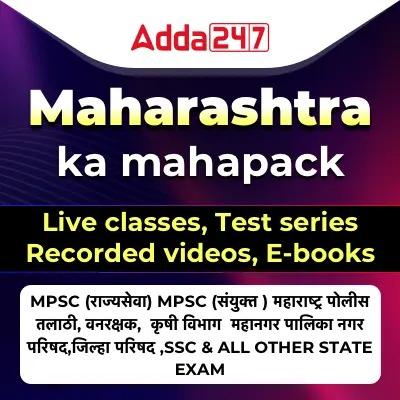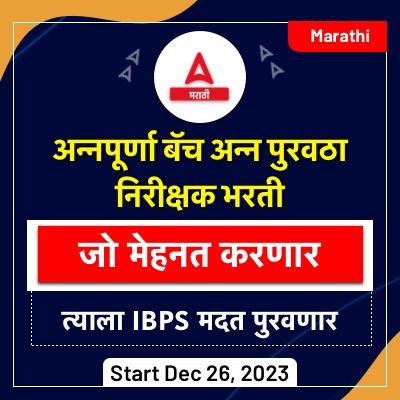Table of Contents
Conjunction
Conjunction: महाराष्ट्रातील तसेच राज्यातील बहुतेक स्पर्धा परीक्षेचा महत्वाचा विषय म्हणजे इंग्लिश. इंग्लिश विषयात जास्तकरून इंग्लिश ग्रामर वर प्रश्न विचारले जातात. नेहमीच्या सरावाने इंग्लिश विषयात चांगले गुण मिळू शकतात. आगामी काळातील सरळसेवा भरती जसे की, अन्न व नागरी पुरवठा विभाग भरती आणि इतर स्पर्धा परीक्षांमध्ये इंग्लिश ग्रामरला विशेष महत्त्व आहे. इंग्लिश ग्रामर चे रोज वाचन फायदेशीर ठरते. इंग्लिश ग्रामर मधील एक महत्वपूर्ण घटक म्हणजे Conjunction. यावर परीक्षेत हमखास 1 ते 2 प्रश्न विचारले जाऊ शकतात. या लेखात आपण Conjunction व त्यातील महत्वाचे नियम यावर माहिती पाहणार आहोत.
Conjunction: विहंगावलोकन
इंग्रजी व्याकरणाचा अभ्यास करतांना Conjunctions या घटकाचा अभ्यास करणे महत्वाचे ठरते. या लेखात Conjunctions बद्दल सविस्तर माहिती दिली आहे.
| Conjunctions: विहंगावलोकन | |
| श्रेणी | अभ्यास साहित्य |
| उपयोगिता | अन्न व नागरी पुरवठा विभाग आणि इतर सर्व स्पर्धा परीक्षांसाठी उपयुक्त |
| विषय | इंग्रजी व्याकरण |
| लेखाचे नाव | Conjunction |
| लेखातील प्रमुख मुद्दे |
|
Conjunction
A conjunction is a word or a group of words that joins words, phrases, sentences or clauses etc. e.g. and, but, or, nor, for, yet, so, although, because, since, unless, when, while, where etc.
For Ex –
- I bought some mangoes and oranges.
- Give me a pen or a pencil.
The above mentioned bold words are joining words and are called conjunctions. In the first sentence above the conjunction ‘and’ joins two nouns (‘mangoes’ and ‘oranges’). In the second sentence the conjunction ‘or’ connects two noun phrases.
Kinds of Conjunction:
There are three kinds of conjunctions.
- Coordinating Conjunction
- Subordinate Conjunction
- Correlative Conjunction
1.Coordinating Conjunction: Coordinating conjunctions (called coordinators) join words, phrases (which are similar in importance and grammatical structure) or independent clauses.
Coordinating conjunctions are short words i.e. and, but, or, nor, for, so, yet.
Coordination conjunction joins two equal parts of a sentence,
- Word + word
- Phrase + phrase
- Clause + clause
- Independent clause + independent clause.
Examples.
- Word + word: She likes tea and coffee.
- Phrase + phrase: He may be in the room or on the roof.
- Clauses + clause: What you eat and what you drink affect your health.
- Independent clause + independent clause: The cat jumped over the mouse and the mouse ran away.
2.Subordinating Conjunctions: Subordinating conjunctions (called subordinators) join subordinate clause (dependent clause) to main clause. e.g. although, because, if, before, how, once, since, till, until, when, where, whether, while, after, no matter how, provided that, as soon as, even if.
- Main clause + Subordinate clause
- Subordinate clause + Main clause
Subordinate clause is combination of words (subject and verb) which cannot stand alone as a complete sentence. Subordinate clause is also called dependent clause because it is dependent on main clause. Subordinate clause usually starts with relative pronoun (which, who, that, whom etc). Subordinate clause gives more information in relation to main clause to complete the thought.
Subordinating conjunction joins subordinate clause to main clause. Subordinating conjunction always come before the subordinate clause, no matter the subordinate clause is before main clause or after the main clause.
Examples.
- He does not go to school because he is ill.
- I will call you after I reach my home.
- I bought some cookies while I was coming from my office.
- They played football although it was raining.
- Although it was raining, they played foot ball.
- As far as I know, this exam is very difficult.
3.Correlative Conjunction:These are paired conjunctions which join words, phrases or clauses which have reciprocal or complementary relationship. The most commonly used correlative conjunctions are as follows
Either….or
Neither…… nor
Whether…. or
Both… and
Not only…. but also
Examples.
- Neither John nor Marry passed the exam.
- Give me either a cup or a glass.
- Both red and yellow are attractive colours.
- I like neither tea nor coffee.
Rules of Conjunction
Rule 1:
(1) And
(2) As well as
(3) Both ….and
(4) Not only…… But also
These co-relatives are used to join nouns, pronouns etc. but as far as adjectives are concerned, they join two desirable or two undesirable adjectives but not a desirable adjective with an undesirable one.
Ex –
- He is both intelligent and hard working.
- He is not only dishonest but also lazy.
Rule 2: ‘Hardly’, ‘Scarcely’, ‘Barely’ and ‘No sooner’. These expressions can be used (often with a past perfect tense) to suggest that one thing happened very soon after another. Note the sentence structure:
hardly……..when
scarcely………when
barely……..when
No sooner……..than
Note that ‘no sooner‘ is necessarily followed by ‘than‘ and ‘hardly/scarcely/barely’ is followed by ‘when‘, not ‘than‘.
For example.
- No sooner had the police reached than the burglars fled. (not, when)
- Hardly had I reached the station when the train left. (not, than)
- Barely had I started speaking when he interrupted me.
- Scarcely had he fallen asleep when he had a dream.
Rule 3: If two subjects are joined by conjunctions like ‘as well as’, ‘with’, ‘along with’, ‘and not’, ‘In addition to’, ‘but’, ‘besides’, ‘except’, ‘rather than’, ‘accompanied by’, the verb agrees with the first subject.
Ex –
- Ram as well as his friends is coming.
Rule 4: Not only…. but also
‘Not only’ is followed by ‘but also’ and it means ‘both…and’. In this construction the more important word (noun/ adjective/ verb) is placed after ‘also’ to make it prominent. In this structure, ‘not only’ and ‘but also’ can go immediately before the words or expressions that they modify.
For example,
- We go there not only in winter, but also in summer.
- Not only the bathroom was flooded, but also the rest of the house.
Rule 5: Neither….nor
This structure is used to join two negative ideas. It is opposite of ‘both…….and’. It is usually rather formal.
For example,
- I neither smoke nor drink.
- The film was neither well made nor well acted.
Rule 6: Either…..or
We use ‘either……….or’ to talk about a choice between two possibilities (used sometimes more than two).
For example,
- I don’t speak either French or German.
- You can either come with me now or walk home. When conjunction are in pairs then the pair must be correct.
महाराष्ट्रातील सर्व स्पर्धा परीक्षांसाठी ऑनलाईन क्लास, व्हिडिओ कोर्स, टेस्ट सिरीज, पुस्तके आणि इतर अभ्यास साहित्य खाली दिलेल्या लिंक वर क्लिक करून मिळावा.
अड्डा 247 मराठी अँप | अड्डा 247 मराठी टेलिग्राम ग्रुप









